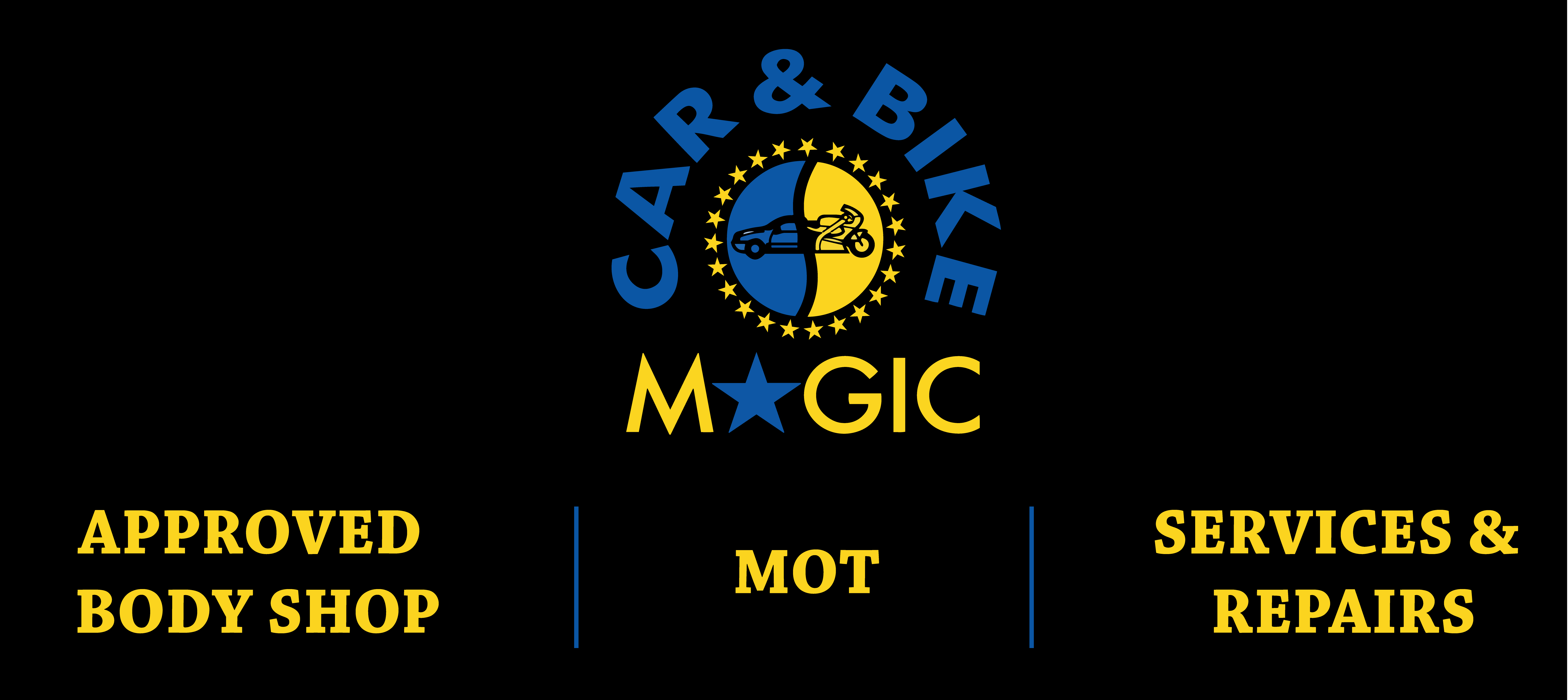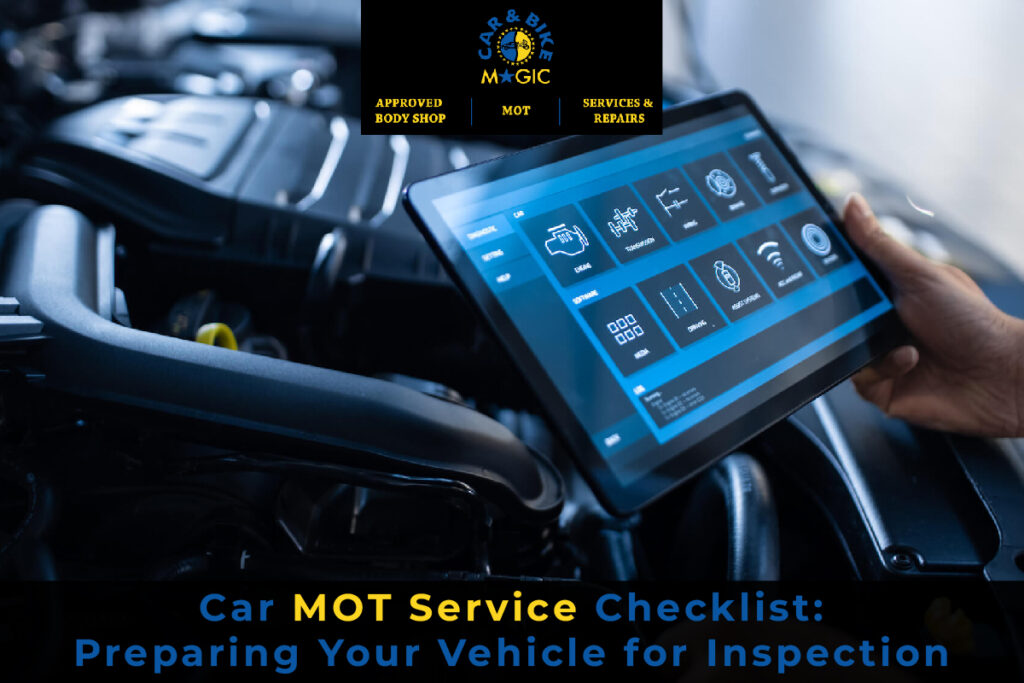When your MOT test date starts creeping up, the last thing you want is a surprise fail for something minor. Whether you’re a seasoned driver or it’s your first time booking a vehicle MOT check, being prepared is key. A quick pre-inspection can save you money, time, and the stress of an unexpected failure. After all, an MOT inspection isn’t just about compliance—it’s about making sure your car is safe, reliable, and roadworthy.
We’re breaking it all down in this comprehensive MOT preparation guide. From lights to tires, and everything in between, here’s how to get your vehicle ready for its upcoming MOT test with confidence.
Check Your Lights and Indicators
Faulty lights are one of the most common reasons for MOT failures. All external lights must be working correctly, including headlights (dipped and main beam), indicators, brake lights, reverse lights, and fog lamps.
Start by turning them all on and walking around your car. If any bulbs are dim or not working, replace them. Don’t forget to check the dashboard warning lights too. If any are lit up during the MOT test, it might signal a deeper issue that needs attention.
Inspect Tires and Tread Depth
Your tires play a crucial role in safety, so it’s no surprise they’re a big deal in the MOT inspection. The legal minimum tread depth in the UK is 1.6mm across the central three-quarters of the tire.
Use a 20p coin to test it: if the coin’s outer band is visible, it’s time to replace the tire. Also, make sure your tires are free from cuts, bulges, or uneven wear. Check the pressure, too, as underinflated tires can affect braking performance.
Brakes Must Be Responsive and Functional
During the MOT test, the brakes will be checked for efficiency and condition. If your brakes make strange noises, feel spongy, or the car pulls to one side while braking, get them checked by a professional.
It’s also a good idea to test your handbrake—it should hold the car stationary on a slope without needing excessive force. If it slips or feels loose, it might need adjustment before your MOT test booking.
Check Windscreen, Wipers, and Washer Fluid
Your visibility is essential for safe driving. MOT testers will check for chips or cracks in the windscreen, especially if they are in the driver’s line of sight. Even a small chip can lead to a failure if it obstructs your view.
Replace wiper blades if they leave streaks or squeak across the glass. Top up your screenwash, too—an empty washer bottle can lead to an automatic MOT failure.
Test Your Horn and Seatbelts
These may seem basic, but they’re important safety features. Your horn should be loud and working properly. Give it a quick beep to make sure it functions.
Inspect all seatbelts for fraying or damage. Pull them out fully to check they retract smoothly and lock under sharp movement. Each seatbelt must be in good condition and latch securely.
Check for Warning Lights on the Dashboard
Modern cars are packed with sensors and systems. Any persistent warning lights—engine, ABS, airbag, or emissions—can lead to an MOT failure.
Don’t ignore them. A diagnostic scan can help pinpoint the issue quickly. If you’re unsure where to go, professionals like Car and Bike Magic can provide pre-MOT diagnostics to save you time and hassle.
Look for Rust and Body Damage
While cosmetic damage won’t usually fail an MOT, excessive rust or sharp bodywork edges can. Check the sills, wheel arches, and underneath the car for corrosion.
If you spot major rust near structural points, suspension mounts, or brake lines, have it repaired before your MOT. Paintless dent removal services like this one in Sunderland can restore panels without needing full-body repair.
Test Your Exhaust and Emissions
Listen for unusual noises from your exhaust system. Rattling, popping, or loud sounds could mean a leak or damage.
Also, if your car emits visible smoke or fails to meet emissions standards, it won’t pass the MOT. Regular servicing and replacing old air filters can help keep emissions within limits.
Don’t Forget Your Mirrors and Number Plates
Make sure your mirrors are securely fixed and provide a clear view. Cracked or missing mirrors should be replaced.
Number plates must be clean, clearly visible, and comply with UK standards. If they’re cracked, faded, or obstructed, it could mean a fail.
Bonus Tip: Book Your MOT Test Early
Don’t leave it to the last minute! MOT test bookings can fill up fast, especially near renewal deadlines. Search for an “MOT test near me” and book in advance to avoid delays or fines for expired MOTs.
You can get your MOT test done up to a month before your current MOT expires. Early booking also gives you time to fix any unexpected issues without the pressure of your certificate running out.
Final Thoughts
Getting through your MOT test doesn’t have to be nerve-wracking. With the right preparation and this handy car MOT service checklist, you can boost your chances of passing on the first try.
Taking care of your car doesn’t just help you pass the test—it keeps you and others safe on the road. Whether you’re looking to book an MOT inspection, tackle some DIY fixes, or get help from a professional, staying proactive makes all the difference.
And remember, for bodywork, dents, or detailing, Car and Bike Magic is always ready to help you keep your vehicle looking sharp.
FAQs: Car MOT Service Checklist
Q: How much does an MOT test cost?
A: The maximum MOT test cost for cars is £54.85, but prices can vary. Some garages offer deals when combined with servicing.
Q: Can I drive my car without a valid MOT?
A: Only if you’re driving to a pre-booked MOT test. Otherwise, it’s illegal and could result in fines or penalty points.
Q: What’s the easiest way to remember MOT renewal?
A: Set a reminder a month before your MOT is due, or sign up for the DVSA’s free MOT reminder service.
Q: Is a failed MOT the end of the world?
A: Not at all. The garage will list the reasons for failure. You can fix the issues and get a retest.

